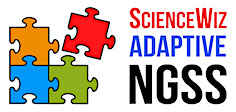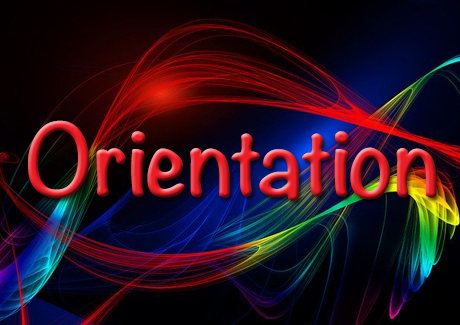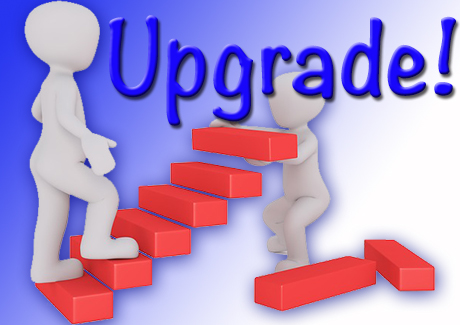This lesson requires one balloon, a paperclip, two plastic straws and a clear plastic lid (PE).
Not provided are scissors, thread, paper, aluminum foil (lightweight), paper towel, wool sock.
This lesson explores electrostatic induction,
the pushing around of charged particles without making direct contact.



to the image on the next slide.




ATTRACT!
ATTRACT!
PLUS and MINUS.
TWO magnetic poles:
NORTH and SOUTH.
Electrical charges and
magnetic poles
follow similar rules!










ARE NOT THE SAME!


a magnetic north pole
from a magnetic south pole.
electrical charges.
You just did it with friction.
always has two poles.


to chase charges around . . .
from your hair to a balloon
using simple . . .


aluminum foil





into tiny odd shaped chips.
and tie
the balloon.
a hole punch.






balloon by
rubbing it
on your hair.
Why are the pieces of foil
and paper attracted to the balloon?
balloon
over the paper
or foil chips.


on your hair, negative electrical charges (electrons) from your hair are transferred to the balloon.

would the foil and paper
which are electrically NEUTRAL
be attracted to the balloon?
using FRICTION.

toward the surface of the balloon!

electrons in the foil and the paper
are PUSHED AWAY from the surface
nearest to the negatively charged balloon.
So the surface of each small scrap
that is nearest to the balloon
becomes POSITIVELY charged.

Neither the foil nor the scraps of paper were rubbed.
Watch the electrons
in the small circles
of foil as the charged
PVC rods approach.

Induction
ever touch the foil
when the charged rod is moved away


while the charged object is nearby.
does not make
direct contact.

Induction

between the balloon and the bits of paper and foil
even when the balloon is some distance away.
Like the force of gravity,
electrostatic forces can act between objects
even when the objects are not in direct contact.

object (body) make contact
2. Are electrons transferred
3. What happens to the charges
on the conductor when the
charged object is removed
4. Is the separation of charges
in the conductor only temporary
5. How does changing the charge on the
charged rod affect the electrons in the conductor




Use this simulation to answer the questions.

Notice the small gap.
the charged rod is removed.

dance like fleas in a circus.
or lightweight foil
of paper
(free of lotion),
paper towel or wool cloth
from the kit



on a desk or table.
on the sheet of paper.
with the clear plastic lid.



Does it work as well?
the plastic lid
with the facial tissue.


watch how the chips of foil and paper jump up and fall down.


the “flea” circus work

The negatively charged lid in turn, INDUCED a charge
in the bits of paper or foil.
The electrons moved AWAY from the lid.
The protons on the chips facing the lid
were then pulled toward the lid itself BECAUSE . . .


click on the red button.


4. No. It was temporary.
5. Unlike charges attract.


charges are there
attract each other
does the charged object have to touch the neutral object
charge only
temporary






temporary.
are transferred.













